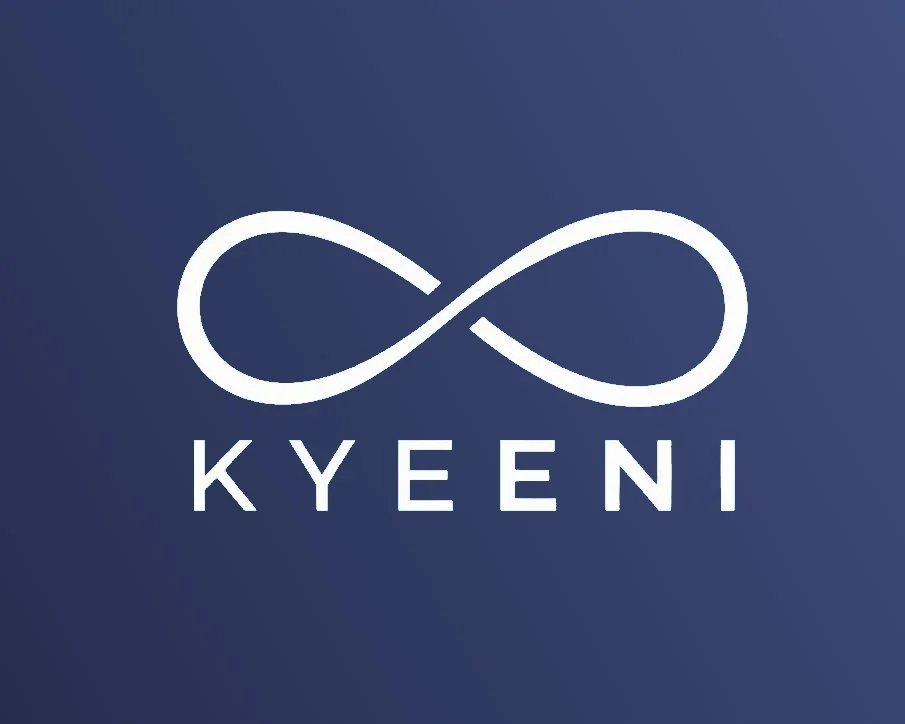The psychology of website speed: Why every second counts for local businesses
First impressions online happen in seconds — and if your website is slow, customers may not stick around long enough to see what you offer. For local businesses, a delay of even a few seconds can be the difference between a new lead and a lost opportunity. Website speed isn’t just a technical issue — it’s a key factor in how people trust and interact with your brand.
(You may also like: Inclusive design for local businesses: Making websites accessible to everyone)
1. Perception of professionalism
A fast website signals reliability and competence. Visitors instinctively associate a smooth digital experience with a well-run business. According to Google’s research on user experience, users judge whether a site feels “trustworthy” within milliseconds. Conversely, if your site lags or fails to load, visitors may subconsciously link that with poor service or outdated practices. Also if a user gets to your site and sees broken images and broken links, spelling mistakes, they could turn away quickly.
2. Customer patience is short
Studies from Akamai show that 53% of mobile users abandon a page that takes more than three seconds to load. For small businesses competing locally, this isn’t just a statistic — it’s real potential customers leaving before they see what you offer. A slow site can quickly undo the benefits of great branding or a well-optimised Google Business Profile.
(You may also like: How to make the best use of your Google Business Profile)
3. Speed boosts SEO rankings
Google rewards faster websites with better visibility in search results because page speed directly impacts user satisfaction. A Google Search Central guide explains that Core Web Vitals — including load time — play a role in how your site ranks. A fast site keeps visitors engaged longer, which also reduces bounce rates and improves SEO performance.
4. Mobile users demand efficiency
With over half of local searches happening on smartphones (Statista), mobile site speed is critical. Mobile users are often on the go, looking for nearby shops, restaurants, or services — and they expect instant results. A sluggish site won’t hold their attention, and they’ll likely move on to a faster competitor.
5. Conversions hinge on speed
Every extra second your website takes to load can reduce conversions by up to 7% (HubSpot). That means fewer bookings, enquiries, or sales. Whether you’re selling local products, offering appointment scheduling, or encouraging calls, website speed directly influences how many visitors turn into paying customers.
6. Simple fixes can make a big difference
You don’t need to be a developer to make real improvements. Compress images, minimise plugins, and choose quality hosting. Tools like Google PageSpeed Insights or GTmetrix can show exactly what’s slowing your site down. For local businesses, these small technical tweaks can lead to faster load times, better SEO rankings, and happier customers. Even ensuring all your images have alt-text (descriptive text for media) added may seem like a chore at first but its great for accessibility and rewarded by Google. Add alt-text by using this site.
(You may also like: Mobile-first websites: Ten tips to optimise your site for phones)
7. Trust builds with smooth navigation
When a website feels seamless and effortless to use, visitors naturally stay longer, read more, and explore further. That positive experience builds trust — a critical factor for local service-based businesses. Over time, consistent speed and reliability become part of your brand reputation and even influence word-of-mouth recommendations.
Conclusion
Website speed is more than just a technical detail — it’s a vital part of customer psychology. Faster sites feel more professional, trustworthy, and worth engaging with. For local businesses in South East London, optimising speed isn’t just about SEO — it’s about ensuring every visitor gets the best possible impression of your brand.
(Explore more: The Power of pictures: Why good photography is essential for local businesses in South East London)


